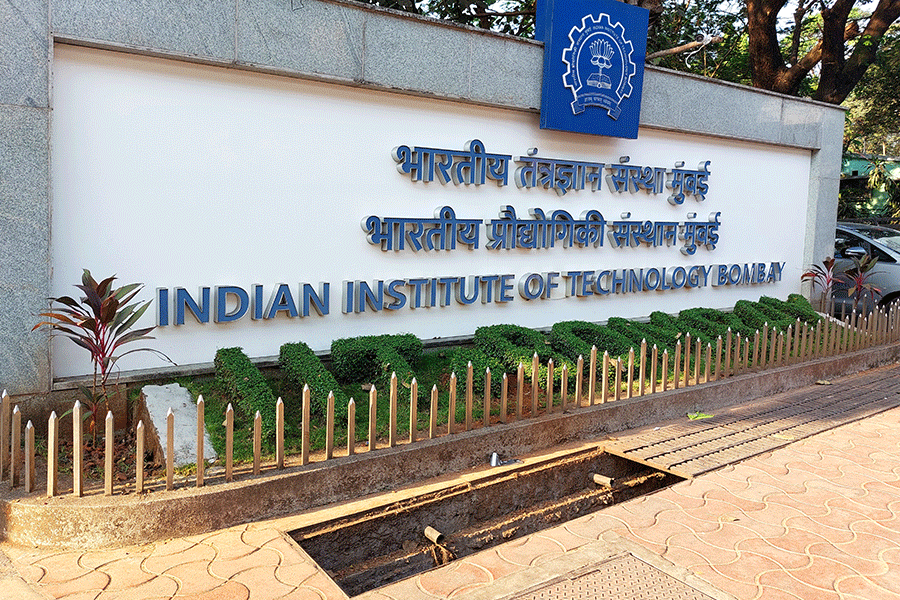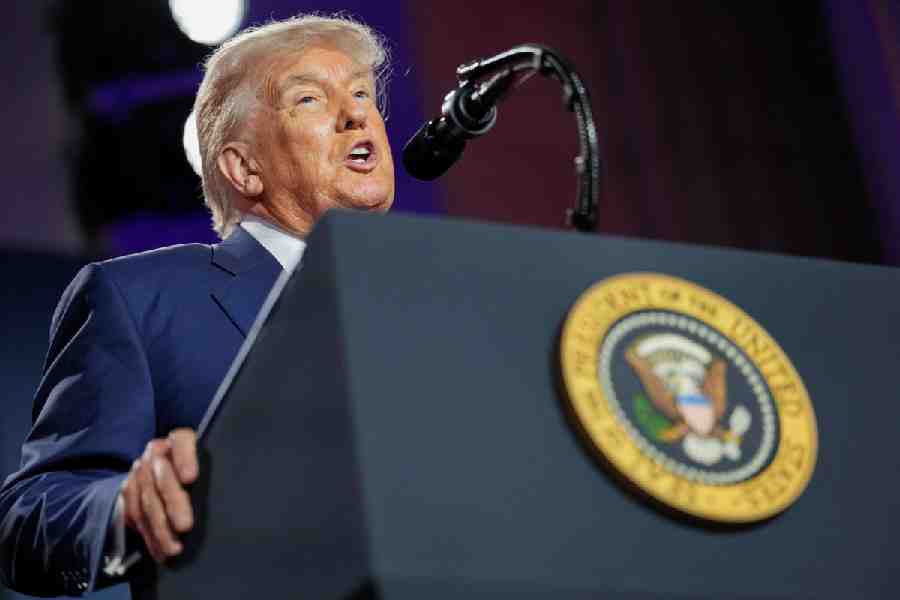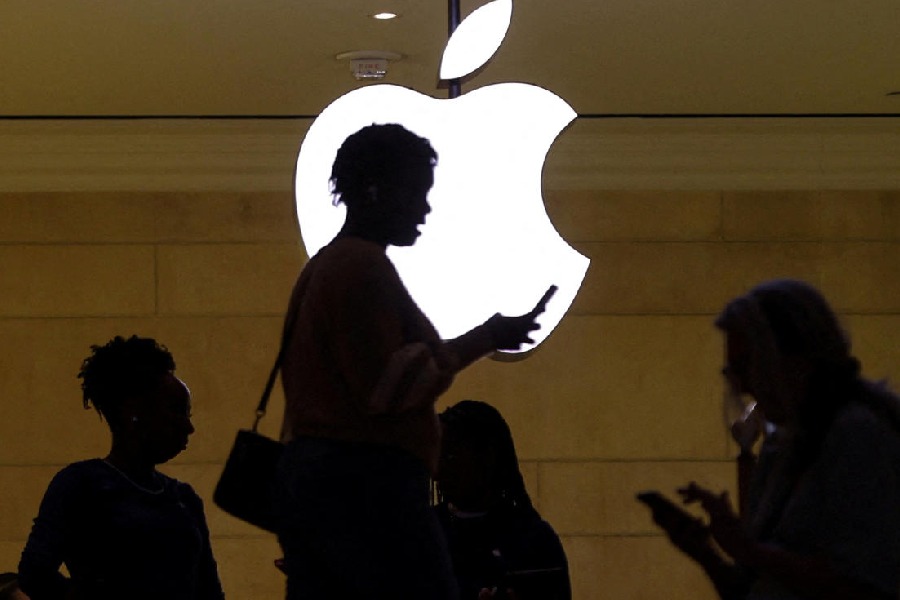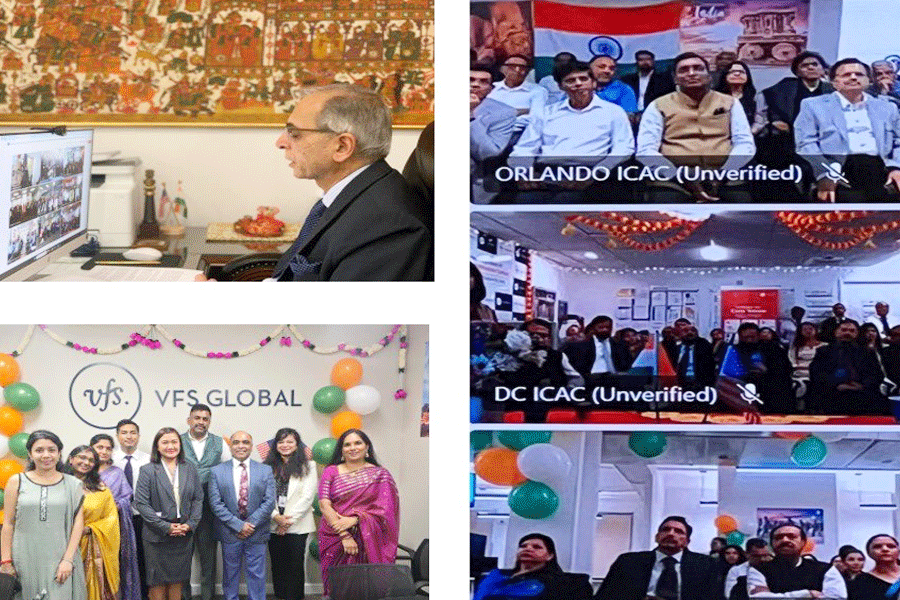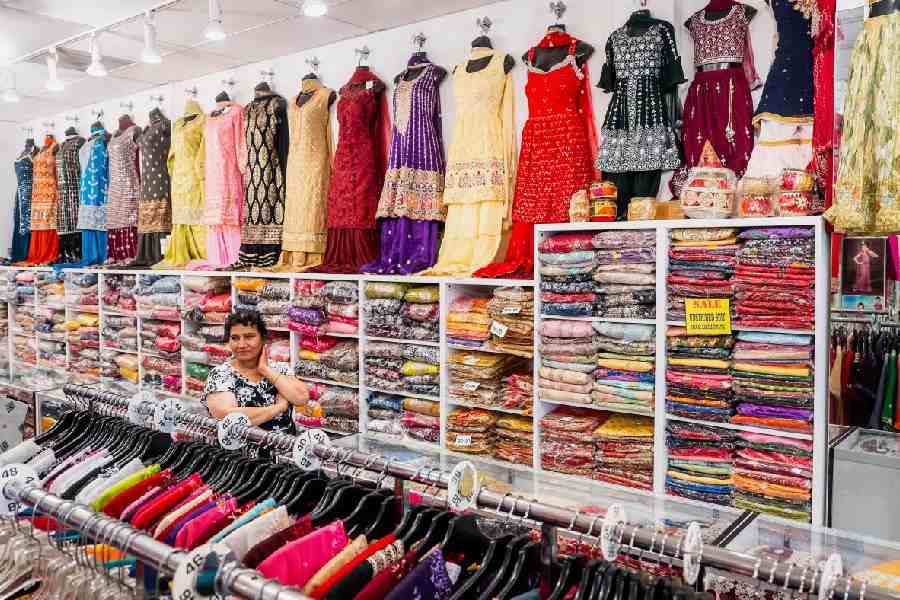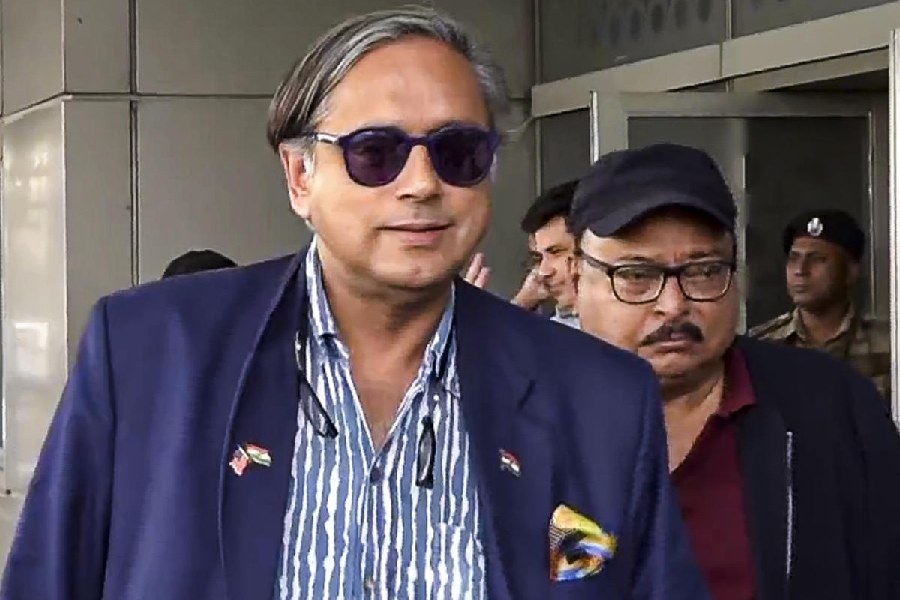 |
Anniversary dates are generally cause for reverential self-gratification about one’s glorious past. However, they can also be occasion for reflection about the way history might have turned out if there was no anniversary to celebrate. The year 1911 is an instance of this.
A hundred years ago three events took place which portended considerable change in the cultural life of Calcutta’s population, plebeian as well as patrician. The first was something whose reverberation was still loud when I used to go to the football fields on the Calcutta Maidan 60 years ago — the defeat of the British Army’s crack East Yorks regiment in the IFA shield by Mohun Bagan’s north Calcutta boys led by the Bhaduri brothers and others. This led to the culmination of patriotic fervour at the humbling of the gora herrenvolk by their Bengali subaltern havildars.
But the second and third events led to opposite sentiments. The Partition of Bengal was indeed rescinded, but the shine was taken off what might have been a famous victory for Bengali patriotism, since Bihar and Orissa and Assam were prised away from the old presidency, and only a truncated Bengali-speaking province, minus Manbhum (Purulia only after 1956) but with the Darjeeling hills subdivisions with their hill population who were not Bengalis and had earlier been in the Bhagalpur division, was set up as a residual province for the next 36 years.
And, to add insult to injury, the refractory Bengalis who had opposed the presidency’s partition with logic, songs and also bombs, were taught a stern lesson by the new King Emperor and his Consort’s visit to Delhi, the seat of his father’s durbar in 1877. The capital of British India, of its vast clerical population and of the seats of imperial power from Esplanade to Council House Street and all around Government House was summarily shifted to a city ruined several times in the last two centuries, from its sack by Persians and Afghans in 1739 and 1761, its desecration by Rohillas and Marathas in the rest of the 18th century, and the systematic destruction of the entire old city around the Red Fort by British avengers of the 1857 revolt.
 |
 |
 |
| Royal show: Scenes from the Delhi Durbar of 1911;(On top)the statue of King George V in Coronation Park, New Delhi. (Prem Singh) |
The transfer of capital was a trauma in Bengali consciousness for the next generation, and was only catharsised, or perhaps just occluded, when the entire Ganga Padma Brahmaputra delta was cut away from the new province with Dhaka as its capital. This bare statement hides much of the reasons for what used to be called one generation ago the failure of nerve among the Bengali bhadralok. This was essentially a gentlemanly capitalist class used to living off the rents of ancestral land and property 'without having touched the plough for seven generations' and averse to modern ideas about the dignity of labour, ideas which were becoming common among the professional classes in the Punjab, Maharashtra, and south west India. The spurt of small-scale consumer industry which had been initiated by swadeshi enterprise following the US and Japanese models, petered out when the sons of entrepreneurs expended their corpus in aesthetics, wine and the Calcutta Racecourse.
The agrarian labour, in a commercialised land system, dependent on paddy, jute and tea plantations, were immiserised by the failure of the managing agency system of Clive Street or Chowringhee to compete creatively with the industrial management that was already flourishing in Bombay, and had begun to grow in New Delhi and elsewhere.
 |
The ethnic tensions and industrial strife connected with Marwari takeover of Scots and English business houses, and with the new forms of gutting the capital and denying labour the profits of the sickening industries in the conurbation from Metiabruz to Sahaganj has sometimes been interpreted as a direct consequence of imperial vengeful policy in 1911.
Yet there is an aspect of this policy which may perhaps have been turned to better effect had the bhadralok also been less contemptuous of some of their country people. Hindu Muslim rivalries for jobs, prestige and social position in the countryside had not been a major issue in the second half of the 19th century. The policies of Andrew Fraser and Bampfylde Fuller turned Curzon’s fiat into actual divide and rule. It has recently been argued that if the policy had been scotched after 1912 by Hindu as well as Muslim elements in the subordinate part of the ruling class in British Indian Bengal much of the ethno-religious tension, much of the parting of the ways between Sanskritised Bengali, and heavily Arabo-Persianised purba banglabhasha, much of the misunderstanding between Hindu landlords and predominantly Muslim and Scheduled Caste peasantry in the Dhaka-Rajshahi and Chittagong divisions, might have been scotched.
 |
| An obelisk at Coronation Park, Delhi, erected at the place where King George V and Queen Mary sat in the durbar of 1911. Picture by Prem Singh |
Had that happened, the Muslim League might not have gained the footing that World War II-time rulers of Delhi enabled it to foster in the lower Gangetic delta. After all the Pakistan demand originated in what a recent Pakistani politician has called geo-cultural as well as geo-political ‘Indusland.’ The movement for it gained ground only after the Bengal Congress not only of Subhas Chandra Bose but also Maulana Azad or the ‘Big Five’ turned their faces against coalition and understanding with AK Fazlul Huq and with the radical secularist elements of the Krishak Proja Party. The imperialist dismissal of Huq, the Bengal Famine, and British failure to rehabilitate either agriculture or industry after the war exacerbated the recent political tensions, led to the Killings in Calcutta and Noakhali in 1946, and to messianic fervour. A demand now grew among the Muslim masses for the mid-20th century version of ‘paribartan chai.’
But then 1911 was not just a tale of two cities, whether Calcutta v. Delhi or Dhaka v. Calcutta. The century that we are coming out of into the 21st,saw endemic violence, the ghosts of which cannot be laid to rest by taking sides. The Bengal that was divided at least three times through the century, has been divided only in politics and in recent constructions of religion. But it has a heart that beat together in 1971. Those feelings, I feel, still exist, and there are various possibilities by which the old geographical entity that was once a presidency and is today eastern south Asia can find ways and means for acting together.





